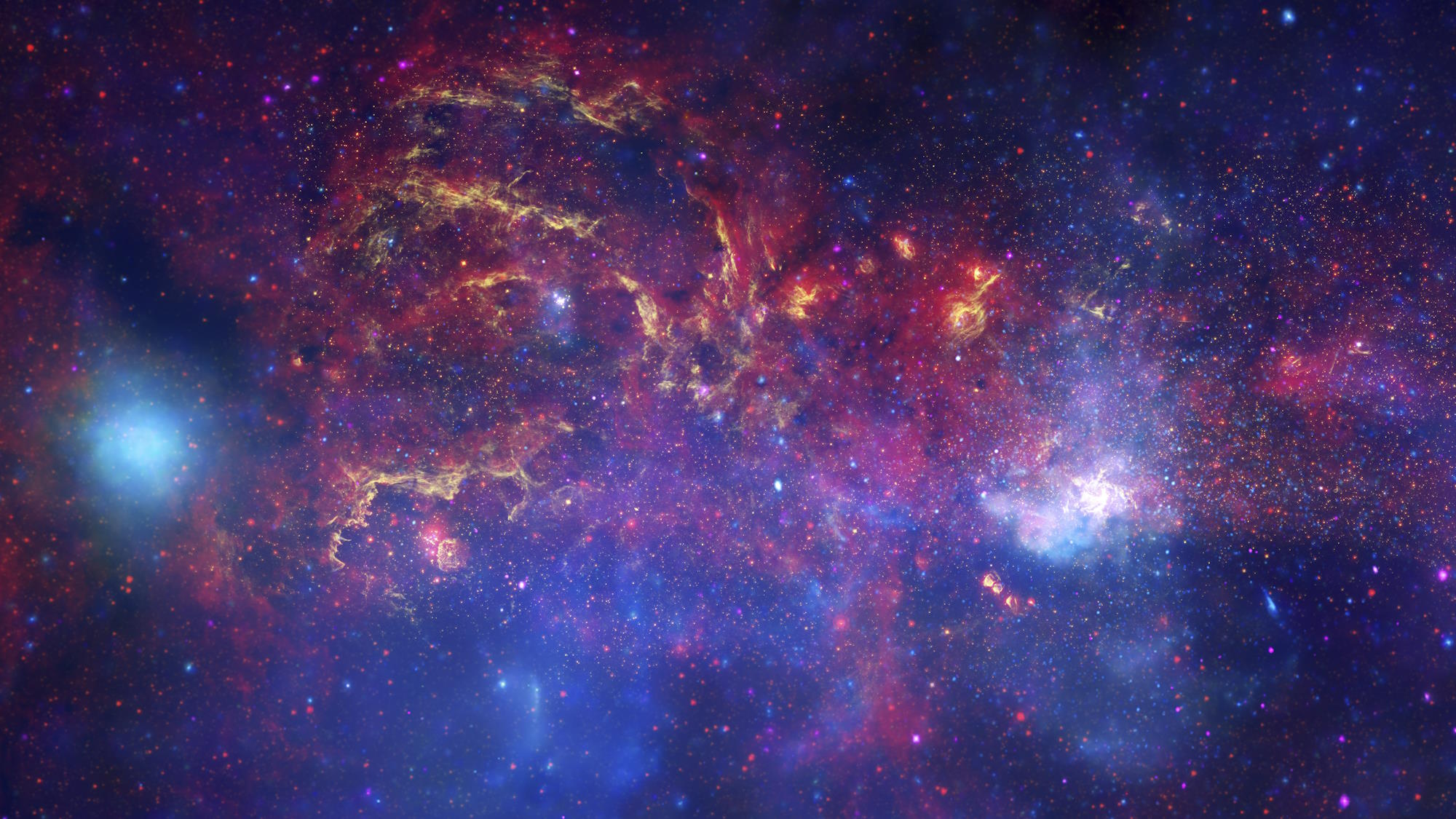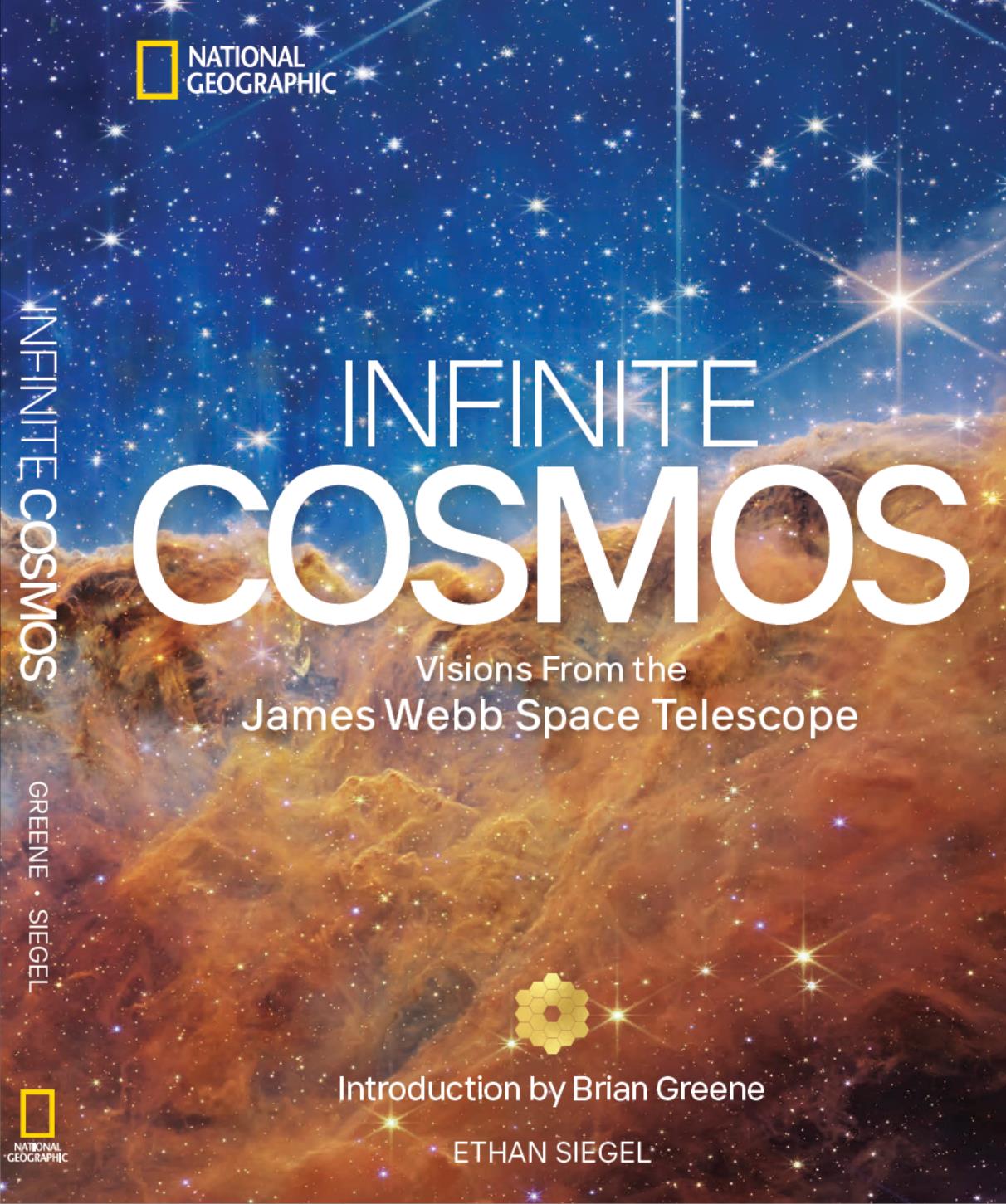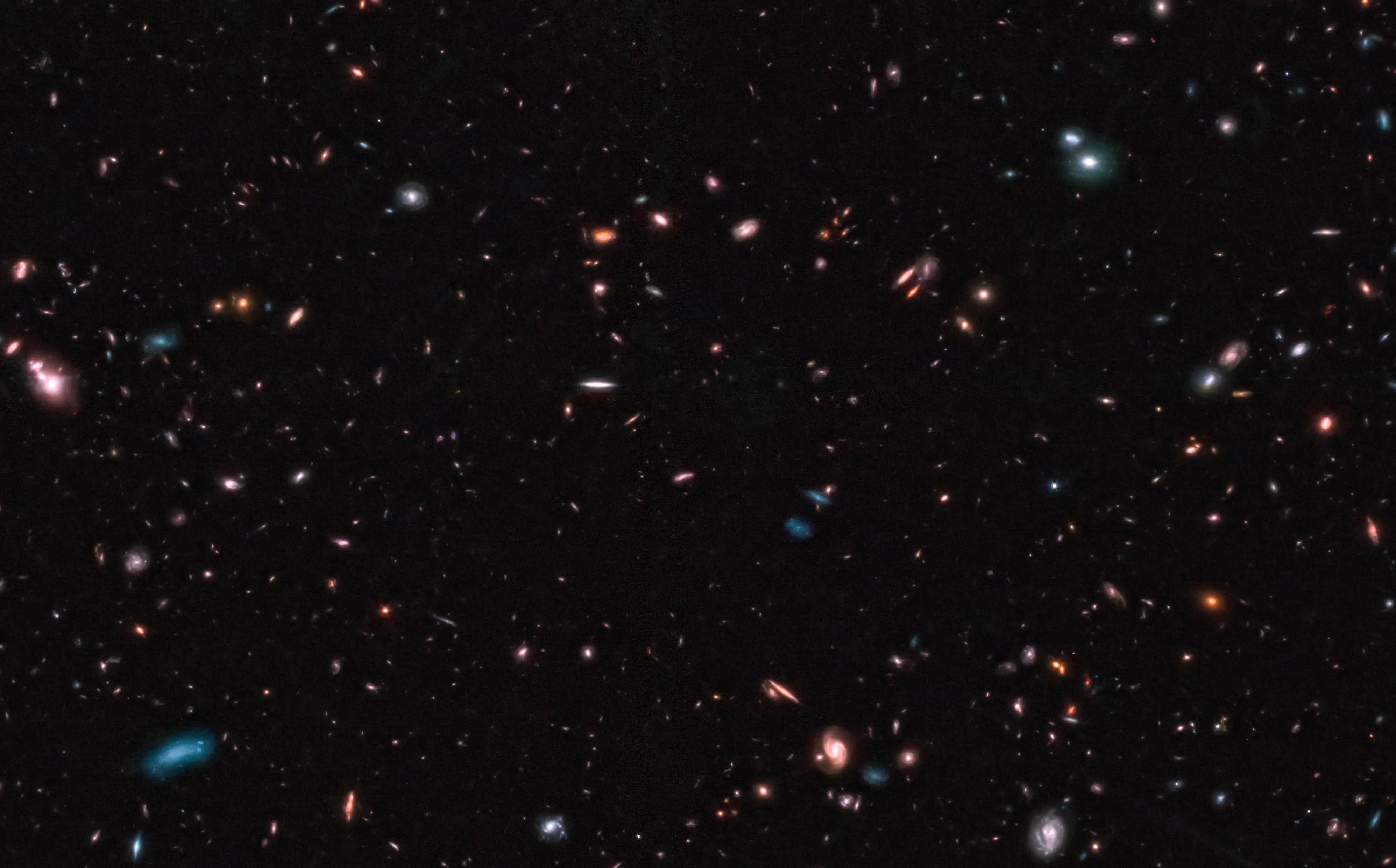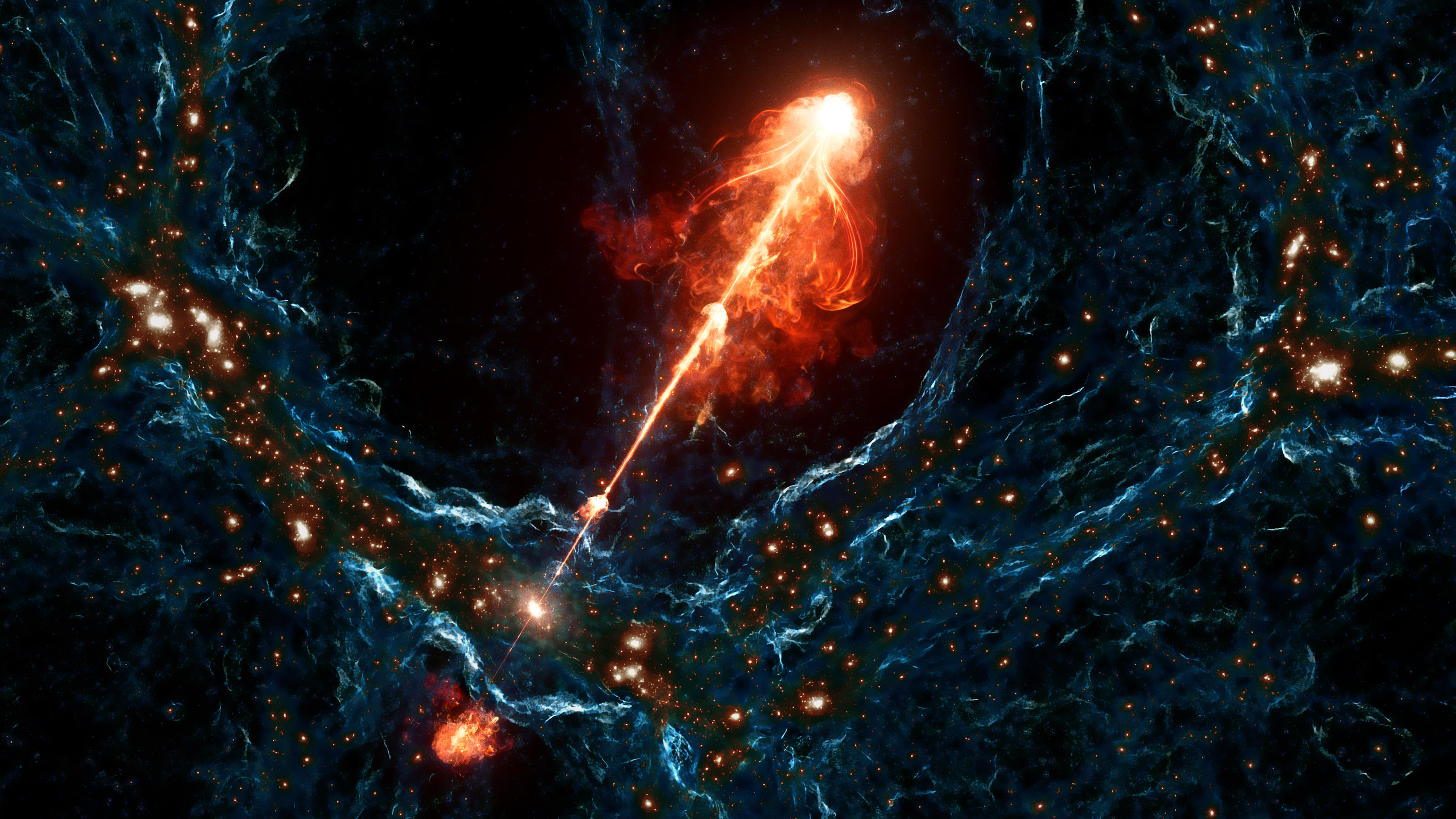Found: One Black Hole for Everyone in New Mexico

Article written by guest writer Kecia Lynn
What’s the Latest Development?
Three studies recently published in Astrophysical Journal reveal the discovery of about 1,000 potential superbright galaxies (the technical term for them is “hot dust-obscured galaxies,” or “hot DOGs”) and about 2.5 million supermassive black holes from as far as 10 million light-years away. The astronomers used data released from NASA’s Wide-Field Infrared Survey Explorer (WISE) mission as the basis for their findings. WISE’s infrared technology allowed for deeper scans of the night sky than ever before, displaying objects that were previously impossible to see within the visible light spectrum.
What’s the Big Idea?
With the plethora of data available, astronomers are gaining a much better understanding of how galaxies and black holes evolve. For example, behind the space dust that obscured them from Earth’s visible-light telescopes, the hot DOGs are generating new stars, and some of them may have formed black holes before forming stars. Considering that a black hole is generally believed to form upon the collapse of a massive star, this new discovery implies that, as one scientist put it, “The ‘eggs’ may have come before the ‘chickens.'”
Photo Credit: Shutterstock.com





